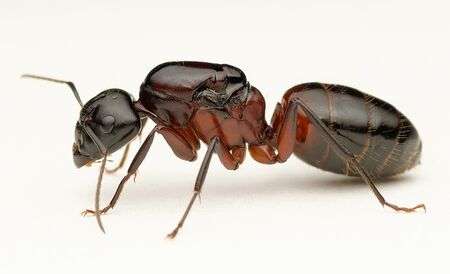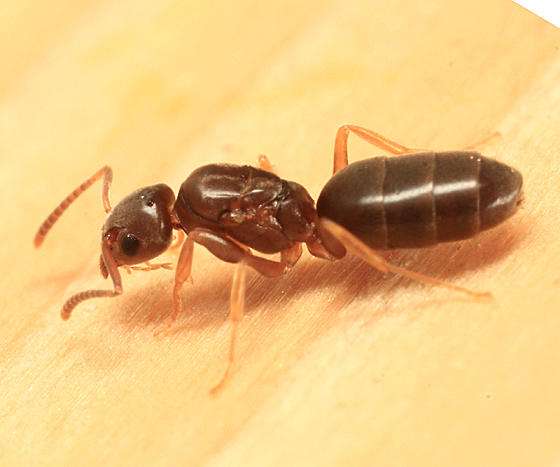
The brown-black carpenter ant, Camponotus ligniperda, is a widespread species of carpenter ant found throughout Europe.
Description
Camponotus ligniperda is the largest ant species still in existence in Europe, with major workers measuring 14–15 mm and queens reaching a length of 16–18 mm (perhaps 20 mm when physogastric). The size range of intermediate and minor workers is 7–10 mm. The thorax of the individual frequently flows into the legs and the front of the dark-colored gaster. People frequently have black heads as well. The species can be recognized by its larger size, more brilliant color, and shinier gaster. It is assumed that this species is a sister species to Camponotus herculeanus.
Reproduction
The nuptial flights of C. ligniperda take place from late May to July. The first workers of these enormous ants appear 1.8 months or more after the first eggs are produced.

Care
In general, they grow quite slowly yet are simple to care for.
Food
The majority of feeds, including crickets, mealworms, sugar water, honey, etc., are accepted by Camponotus ligniperda.
Humidity
Camponotus ligniperda doesn’t require a lot of humidity. You shouldn’t have any trouble maintaining the ideal humidity for these ants if you hydrate the nest on a semi-regular basis (once or twice a week). Make sure the ants in the test tube have access to outside water while they are in a nest.
Temperature
Although Camponotus ligniperda does not require heating, it is better to keep them between 24-28 c because higher temperatures promote growth.
Hibernation
Camponotus ligniperda’s hibernation requires a diapause from October to March.
Sting/bite
These ants do not sting, but they do spray formic acid, and the bites of the larger workers can be painful.
Table





